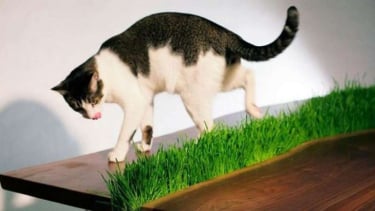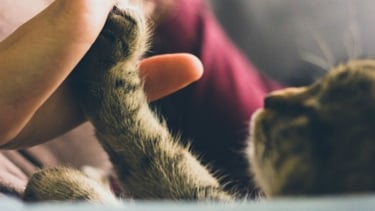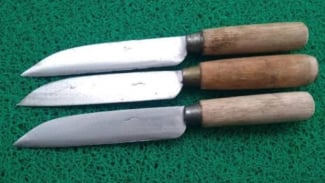Feline Lower Urinary Tract Disease: All Cat Lovers Need to Know
- lifehack
Jakarta – Feline lower urinary tract disease (FLUTD) is a term that refers to several conditions affecting your cat’s lower urinary tract, including the urethra (a thin tube that carries urine) and bladder.
FLUTD can be frustrating for both pet owners and veterinarians because the underlying cause can be difficult to identify, and the illness can range in severity.
Most cases of FLUTD can be managed with a combination of medications, diet, and environmental changes.
FLUTD can occur in cats at any age, depending on the underlying cause. It is most often seen in young to middle-aged adult cats but has been diagnosed in kittens and even senior cats who have never shown urinary symptoms.
To better understand this condition, read below to know more about FLUTD in cats.
Ilustrasi tingkah laku lucu kucing
- petsnester.com
1. Diverse Causes
FLUTD in cats does not have a single clear cause. It can be caused by a combination of factors such as bacterial infections, urinary crystallization, bladder inflammation, urinary tract blockages, or even stress.
Stressful environments, unhealthy food, or inadequate water intake can also play a role in the development of this disease.
2. Varied Symptoms
Cats suffering from FLUTD may exhibit various symptoms, including frequent trips to the litter box, difficulty urinating, blood in urine, restlessness, excessive licking of the genital area, or even loss of appetite.
It's important to recognize these symptoms and promptly consult a veterinarian for proper diagnosis and treatment.
3. Need Accurate Diagnosis
Although the symptoms may seem obvious, diagnosing FLUTD requires thorough examination by a veterinarian. Urine tests, physical examinations, and if necessary, imaging such as X-rays or ultrasound may be required to determine the exact cause of the cat's condition.
4. Importance of Diet and Hydration
Ilustrasi seekor kucing.
- Pixabay
Regulating a cat's diet and ensuring they have adequate access to clean drinking water are important steps in preventing FLUTD.
Feeding high-fiber, low-magnesium foods and providing plenty of water can help reduce the risk of urine crystal formation that can lead to this disease.
Providing more drinking spots and ensuring cats have easy access to water sources is also crucial.
5. Necessary Treatment
Treatment for FLUTD varies depending on its cause. This may include administering antibiotics for bacterial infections, feeding special diets to reduce urinary crystal formation, pain relief medication, or medical procedures to address urinary tract blockages.
It's important to carefully follow the veterinarian's instructions and provide the necessary treatment to ensure a quick and effective recovery for the cat.































